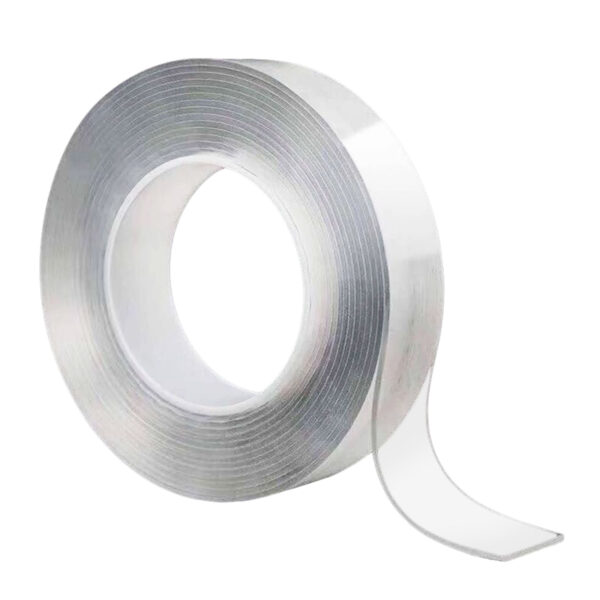

Instead of the anticipated meet and greet – polite handshakes and shy smiles peppered with dry considerations of lesson plans and academic targets – Alexina Louie found herself “making sounds, high and low vocal sounds, you know, tapping on things and crawling on the floor.
#BUY ALIEN TAPE NEAR ME FULL#
In keeping with the summer camp vibe, the year’s initial gathering of graduate students was a full immersion in sound improvisation led by trombonist John Silber. As Roger Reynolds, a composer then new to the campus, would later recall of his undergraduate students, “they were smoking pot in the back, their dogs were with them, they were lying on the floor, it was incredible”.

In a setup that resembled a summer camp more than a major university, UCSD’s music department was housed in a series of Quonset huts left over from Camp Matthews, the Marine base that preceded the campus. It was advertised as “a wide open place”, she would later recall, “and indeed, it was, to my shock.” Any number of schools offered more of the same, but UCSD promised something much more intriguing. She had come from a conventional music school with a traditional emphasis on theory, notation, musical history and coursework. It was 1970 and Alexina Louie, a fledgling Canadian composer, was looking at graduate schools when her professor mentioned a new university on the West Coast staffed by composers, with an emphasis on contemporary music.


 0 kommentar(er)
0 kommentar(er)
